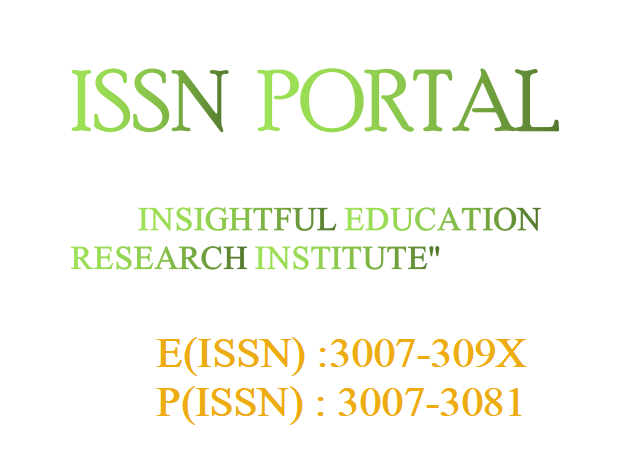PREVALENCE OF MULTIDRUG-RESISTANT TUBERCULOSIS AMONG PULMONARY TB PATIENTS IN A HIGH-BURDEN REGION: A CROSS-SECTIONAL STUDY
DOI:
https://doi.org/10.62019/b89vc606Keywords:
MDR-TB, Drug resistance, Pulmonary tuberculosis, Treatment adherence, HIV, Co-infectionAbstract
Background: Multidrug-resistant tuberculosis (MDR-TB) poses a growing threat to global TB control, especially in high-burden regions with limited diagnostic and treatment resources.
Objective: To determine the prevalence of MDR-TB among pulmonary TB patients in a high-burden region and to identify clinical and demographic factors associated with drug resistance.
Methods: This descriptive cross-sectional study was conducted at tertiary care hospital Lahore from November 2024 to April 2025. A total of 225 confirmed pulmonary TB patients were enrolled using non-probability consecutive sampling. Drug resistance was assessed using GeneXpert MTB/RIF and Line Probe Assay. Demographic, clinical, and adherence-related data were collected.
Results: The overall prevalence of MDR-TB was 20.9%. Among previously treated patients, the prevalence was significantly higher at 35.2%, compared to 11.7% in newly diagnosed cases (p < 0.001). MDR-TB was also significantly associated with HIV co-infection (p = 0.02), irregular treatment adherence (p = 0.001), and known contact with MDR-TB cases (p = 0.03). Additional resistance to ethambutol and streptomycin was noted in 31.9% and 25.5% of MDR-TB patients, respectively. Extensively drug-resistant TB (XDR-TB) was identified in 1.3% of cases.
Conclusion: It is concluded that MDR-TB is alarmingly prevalent in this high-burden region, particularly among retreatment cases and patients with poor adherence. These findings highlight the need for early drug resistance screening, patient education, and strengthening of treatment monitoring and support systems to prevent the emergence and spread of MDR and XDR-TB.







